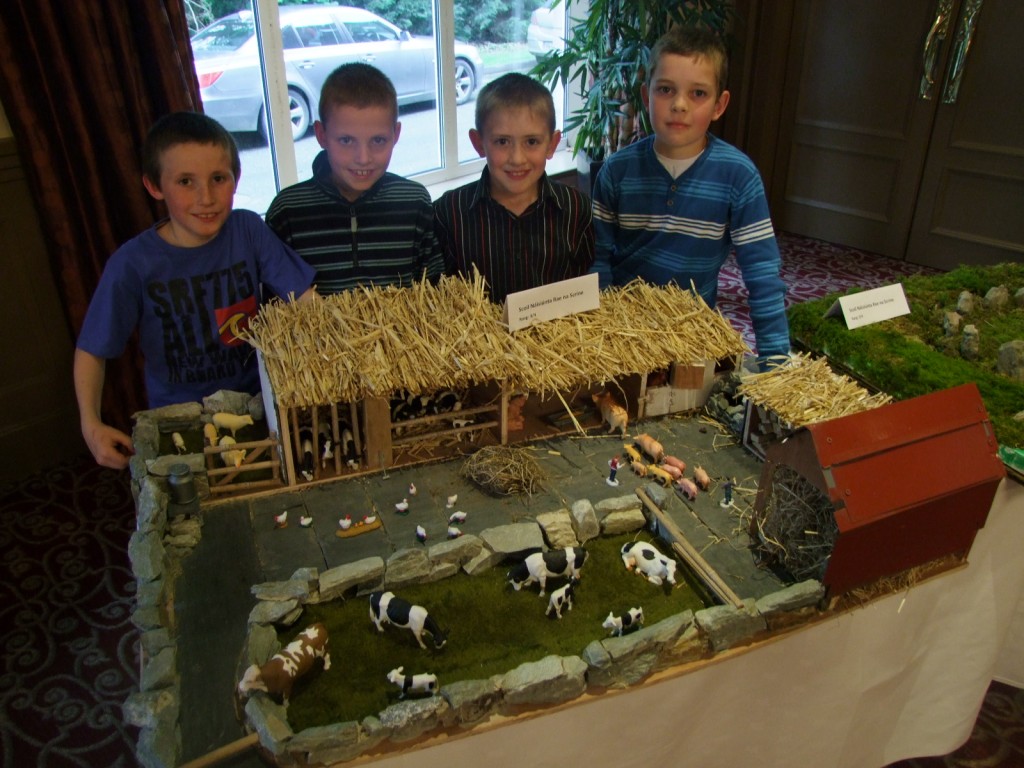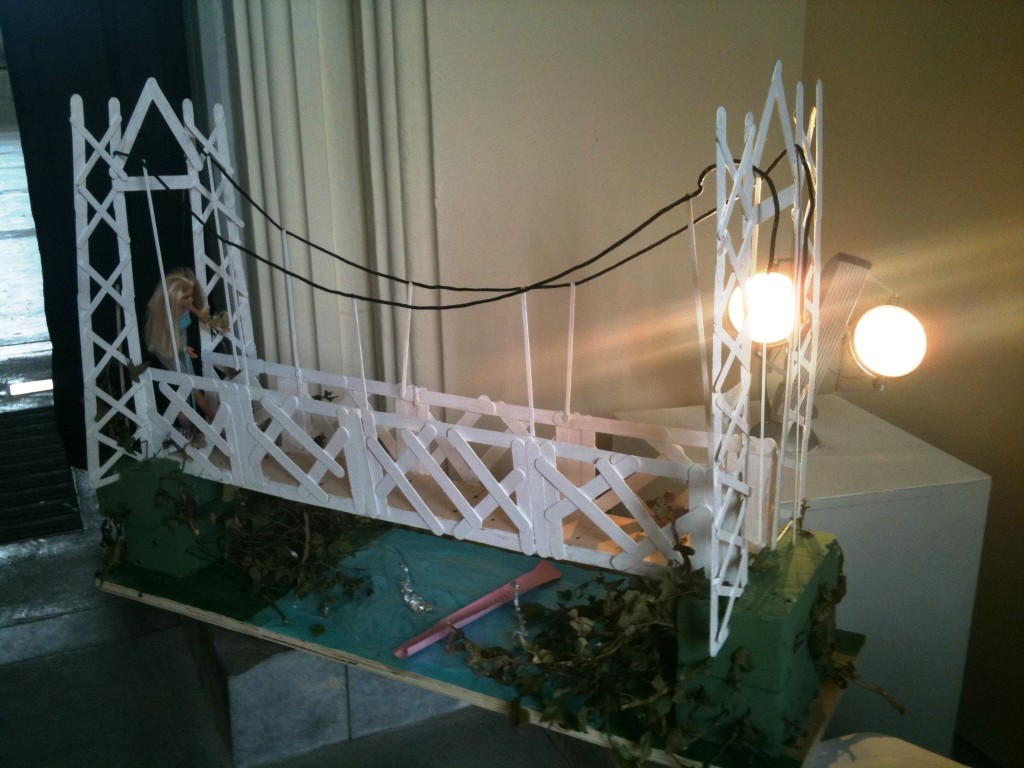
Kieran’s our City, Our Town Article,
Cork Independent, 26 May 2011
Discover Cork: Schools’ Heritage Project 2011
This year marks the ninth year of the Discover Cork: Schools’ Heritage Project co-ordinated by myself. The Project for 2011 culminated recently in two award ceremonies for the project. It is open to schools in Cork City and County- at primary level to the pupils of fourth, fifth and sixth class and at post-primary from first to sixth years. A total of 40 schools in Cork took part this year. Circa 1400 students participated in the process and approx 220 projects were submitted on all aspects of Cork’s history.
One of the key aims of the project is to allow students to explore, investigate and debate their local history in a constructive, active and fun way. The emphasis is on the process of doing a project. Projects on any aspect of Cork’s rich heritage (built, natural and cultural) can be submitted to an adjudication panel. Prizes are awarded for best projects and certificates are given to each participant. The standard was very high this year. The top prizes, 60 in all, were given to students’ projects, which took a clever approach to the topic. Students are challenged to devise methodologies that provide interesting ways to approach the study of their local heritage.
Submitted projects must be colourful, creative, have personal opinion, imagination and gain publicity before submission. These elements form the basis of a student friendly narrative analysis approach where the students explore their project topic in an interactive and task oriented way. In particular students are encouraged to attain primary material generating primary material through engaging with a number of methods such as fieldwork, interviews with local people, making models, photographing, cartoon creating, making DVDs of their area.
Students are to experiment with the overall design and plan of their projects. It attempts to bring the student to become more personal and creative in their approaches. Much of the work could be published as local heritage / history guides to people and places in the County. For example two winning class projects this year focussed on the history of St. Joseph’s Cemetery using family connections and the 1901 and 1911 census.
This year marks went towards making a short film or a model on projects to accompany history booklets. Submitted DVDs this year had interviews of family members to local historians to the student taking a reporter type stance on their work. Some students also chose to act out scenes from the past. Re-enacting is also a feature of several projects. One class filmed a re-enactment of potential ways of life at Drombeg Stone Circle in Bronze Age Ireland.The creativity section also encourages model making. The best model trophy in general goes to the creative and realistic model. This year the best model in the city went to one on the Shaky Bridge, made from lollypop sticks, whilst the runner up engaged in working with a hurley maker in making an actual hurley for their project on a history of Cork hurley making.
Students are encouraged to compare and connect the past to their present and their immediate future. Work needs to involve re-imagining what life may have been like. One of the key foundations in the Project is about developing empathy for the past and to try to link the present to the past – to think about attitudes and experience in the past. Interpretation is also empowering for the student- all the time developing a better sense of the different ways in which people engage with and express a sense of place and time.
Every year, the students involved in the project produce lots of project books and do enormous work getting the information from the local community. This section is about showing and communicating the student’s work to the wider community. It is about reaching out and gaining public praise for the student but also appraisal and further ideas. This year the most prominent source of gaining publicity was inviting parents into the classroom for an open day for viewing projects or putting displays on in local community centres and libraries. Some class projects were presented in nursing homes to engage the older generation and to attain further memories from participants. Students were also successful in putting work on local parish newsletters, newspapers and local radio stations and also presenting work in local libraries. Mini-websites were also set up.
Overall, the Discover Cork: Schools’ Heritage Project attempts to provide the student with a hands-on and interactive activity that is all about learning not only about your local area but also about the process of learning by participating students. The project in the city is kindly funded by Cork Civic Trust (viz the help of John X. Miller), Cork City Council (viz the help of Mary Doyle), the Heritage Council and the Evening Echo. Prizes were also provided in the 2011 season by Lifetime Lab, Lee Road (thanks to Meryvn Horgan), Sean Kelly of Lucky Meadows Equestrian Centre Watergrasshill and Cork City Gaol Heritage Centre. A full list of winners, topics and pictures of some of the project pages can be viewed at www.corkheritage.ie and on facebook on Cork: Our City, Our Town.
Back to the River Lee next week…
Captions:
592a. View of students from Reenascreena National School, West Cork with their model that accompanied their ‘history of farming’ project (pictures: Kieran McCarthy)
592b. View of winning model by fourth class students of Gaelscoil Uí Riada, Wilton
